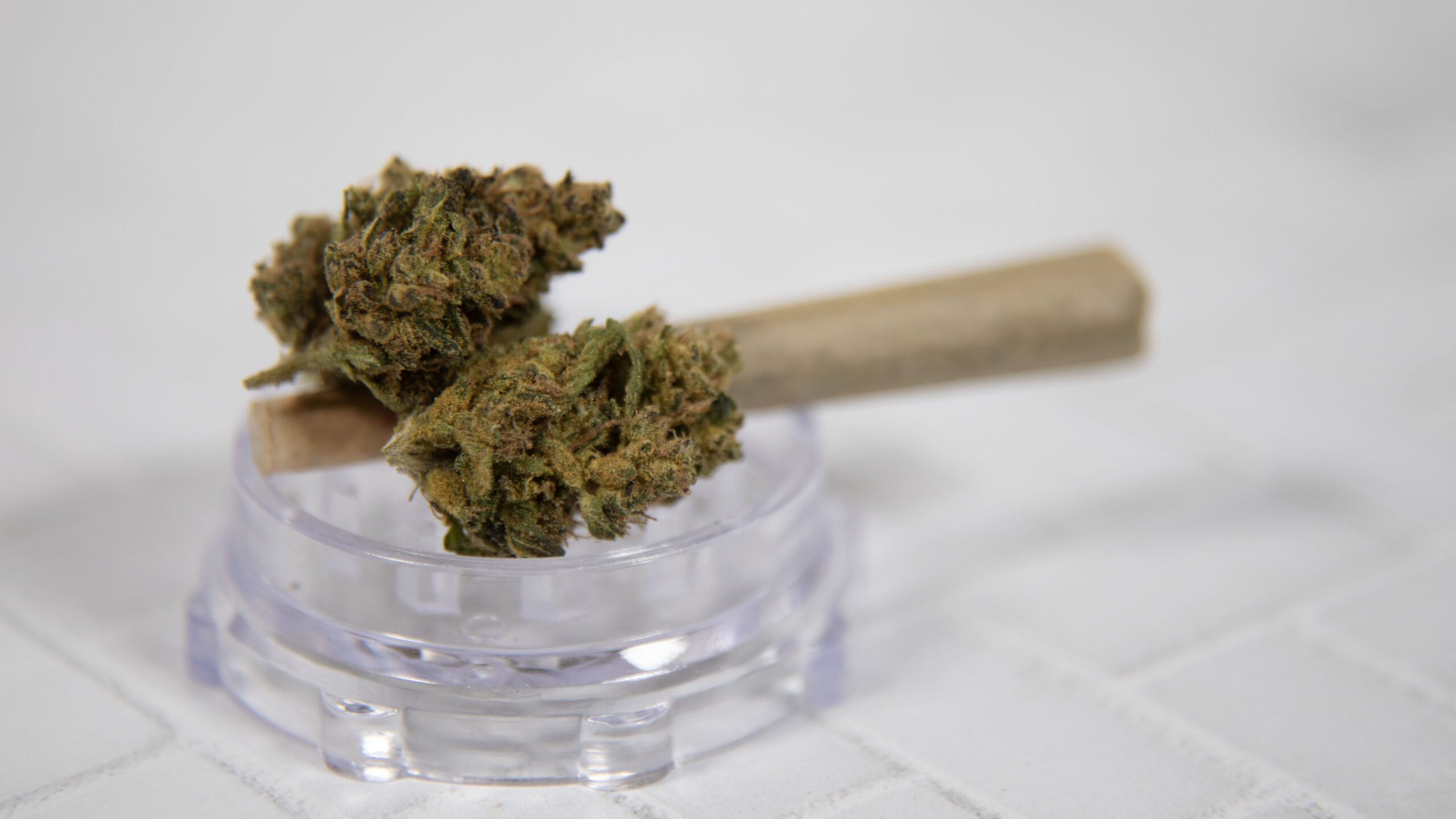In recent years, vaping cannabis has shifted from a niche indulgence to a mainstream consumption method. Several factors contribute to its popularity surge.
Cleaner Perception & Health Framing
Many consumers view vaping as a “cleaner” alternative to smoking because it heats cannabinoids without burning plant matter. This process yields vapor rather than smoke, thereby reducing soot, combustion byproducts, and harshness on the throat. In surveys, users frequently cite “healthier / less harmful” as a motivating factor for vaping cannabis.
That said, vaping is not risk-free. The 2019 EVALI outbreak (linked largely to illicit vaping products) underscored that additives, contaminants, and unsafe formulation practices can lead to serious lung injury.
Discreetness & Convenience
Vape pens are compact, odorless (or less pungent), and easier to conceal than smoking a joint or pipe. For on-the-go consumers or those living in shared spaces, that discretion is appealing. The rise of disposable THC cartridges—often called “carts”—underscores this; part of the popularity is the all-in-one, throwaway simplicity.
Potency & Efficiency
Vaping allows for extracts with high THC (or other cannabinoid) concentrations. These formulations deliver effects quickly and often with less wasted product. In many U.S. and Canadian legal markets, vaping oils and concentrates have outpaced dried flower in growth rates.
Legal & Regulatory Environments
In jurisdictions where cannabis is legal (medical or recreational), regulated vape products are more accessible—with safety standards, lab testing, consistent dosing, and retail distribution. The legal environment encourages legitimate vape sales and consumer trust.
Grand View Research reports that the global cannabis vaporizer market was about USD 5.9 billion in 2024 and is projected to more than double to over USD 13 billion by 2030, with North America dominating due to legalization trends.
Demographics & Culture
Younger adults—Millennials and Gen Z—are disproportionately driving vape usage in the cannabis space. Industry reports show that Gen Z and Millennials account for roughly 70 percent of all vape pen sales in legal cannabis markets.
Surveys also find that among cannabis users, a majority have tried vaping, and over one-third report vaping in the past 30 days. Trends among youth are especially striking: past-month cannabis vaping among 12th graders nearly doubled within a year.
All told, vaping offers a modern, trendy, and perceived “safer” route that aligns with portability, potency, and consumer preferences in many legal markets.
Brands Leading the Cannabis Vape Revolution
In the increasingly crowded cannabis vape space, a handful of brands have distinguished themselves through market share, branding, innovation, and distribution. Here are a few to watch.
STIIIZY
Perhaps the standout name in recent years, California-based STIIIZY dominates the pod and cartridge segment. At one point, the brand held over half of all pod sales in California, heavily outselling many rivals. Its sales data remain consistently among the top in West Coast markets.
Select (Curaleaf)
Select, owned by Curaleaf, is one of the biggest players in vape oils across many states. In 2023, Select Oil ranked among the top-selling cannabis brands, with availability in more than a dozen states and annual revenues reaching into the hundreds of millions.
PAX
Better known for vaporizers—especially dry herb—PAX has also made inroads into the cartridge and pod space with sleek, temperature-controlled systems and a loyal following. The brand continues to maintain a strong market presence built on reputation and design.
Rythm, Timeless, Cresco
Analysts often highlight Rythm, Timeless, and Cresco as vape brands to watch. These companies are active across multiple legal markets, pushing boundaries in hardware innovation, flavor formulation, and marketing creativity.
Others & Regional Stars
Beyond the national names, many regional brands dominate specific states or provinces. Because the cannabis industry remains fragmented by jurisdiction, local dominance is common. Multi-state operators frequently pair their flower or edible lines with branded vape products to strengthen consumer recognition.
Final Thoughts
Vaping cannabis has surged because it checks many boxes: potency, convenience, perceived cleanliness, and modern branding appeal. As legalization spreads and regulatory oversight improves, the vape segment is poised to continue growing—with new device innovations, solventless extracts, and smarter formulations.
That said, the risks matter too. Additives, poor manufacturing, and lack of quality control have led to serious health incidents in the past. Consumers should always prioritize lab-tested, reputable products and stay informed. Brands like STIIIZY, Select, PAX, and others are leading the pack—but success in this space demands constant product excellence and consumer trust.


